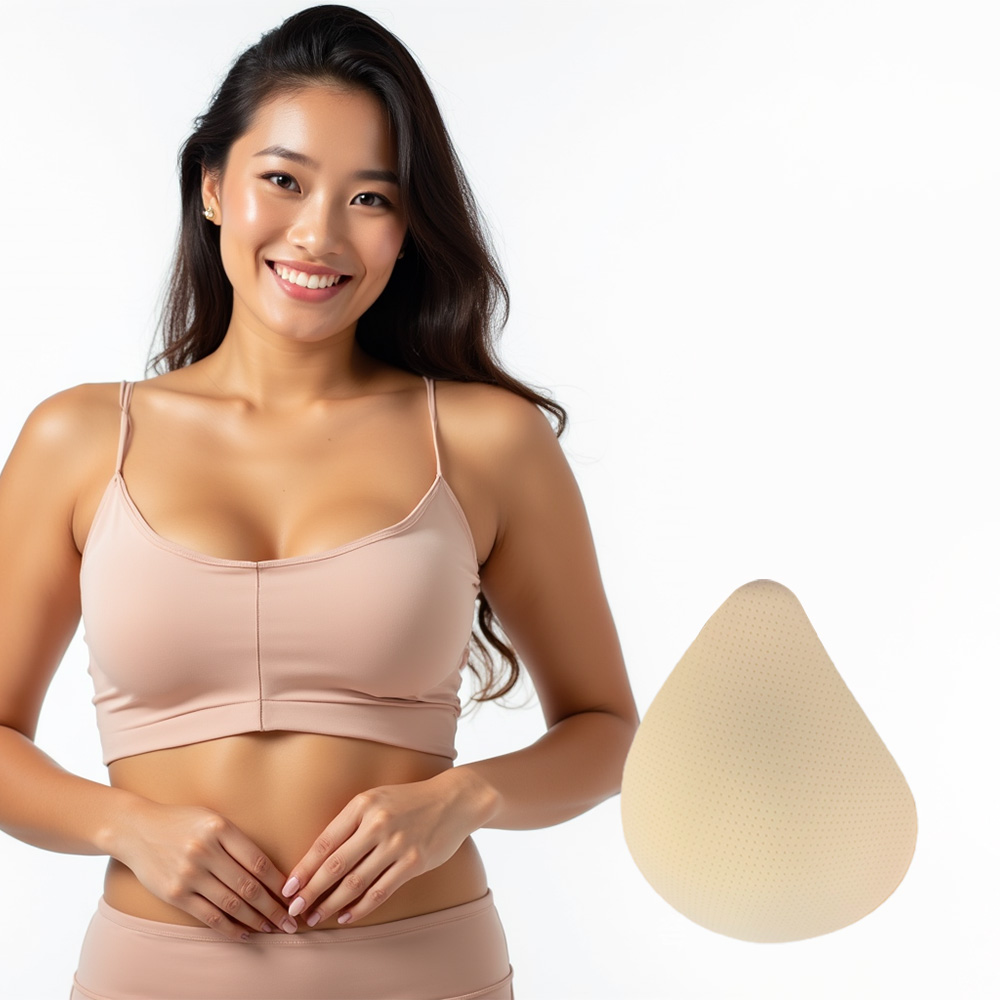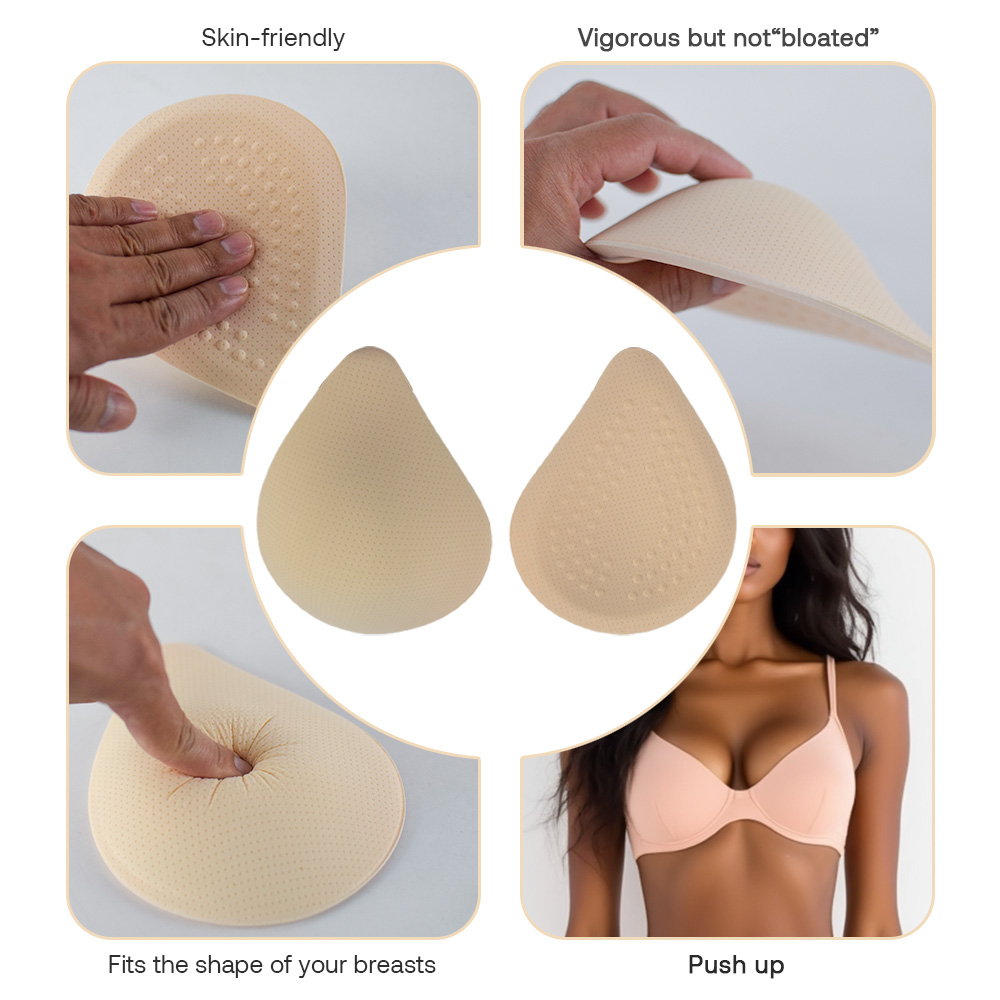For women navigating life after mastectomy, choosing between reconstruction surgery and external prostheses is deeply personal. Among external options, sponge breast prostheses—typically crafted from polyester foam or similar lightweight materials—offer a compelling blend of comfort, practicality, and accessibility. But who are they ideally suited for, and when do they shine brightest?
Who Benefits Most from sponge breast prosthesis?
Prioritizers of Comfort and Simplicity: Unlike denser silicone prostheses (which mimic natural breast weight), sponge prostheses are exceptionally lightweight. This makes them ideal for women sensitive to heaviness or those with smaller body frames where balance is less critical. For petite women (A-cup breasts), weight asymmetry post-mastectomy is less pronounced, reducing the need for weighted counterbalances.
Active Lifestyles: Women who swim, exercise, or engage in physical work find sponge prostheses advantageous. Their foam construction drains water quickly after swimming, resists sweat absorption, and won’t shift during movement. Specialized activewear versions fit securely in sports bras.
Budget-Conscious Users: Silicone prostheses can cost hundreds to thousands of dollars. Sponge alternatives are significantly more affordable, offering a lower financial barrier. This is vital for uninsured patients or those in regions with limited healthcare coverage.
Transitional or Temporary Needs: Post-surgery, surgeons often provide a temporary "dummy" prosthesis before wounds fully heal. Sponge versions serve well here due to their softness, breathability, and low cost

Where Do They Excel? Key Use Cases
Daily Wear & Discretion:
Sponge breast prostheses integrate seamlessly into everyday bras with prosthetic pockets. Their subtle weight and adaptable shape create a natural silhouette under clothing, avoiding the "stiffness" some associate with silicone. For women valuing inconspicuousness, they’re a practical solution.
Sports and Recreation:
Jogging? Yoga? Swimming? Sponge prostheses stay put. Brands design sport-specific versions that resist water absorption and minimize friction. As one user shared: "I forgot it was there during my morning swim—it just worked.
Hot Climates or Sensitivity Concerns:
The porous structure of foam allows better airflow than silicone, reducing skin irritation and heat buildup. This is crucial in humid environments or for women with scar-tissue sensitivity.
Post-Surgery Recovery:
Immediately after mastectomy, lightweight sponge prostheses ease pressure on tender incisions. They provide modest contouring without straining healing tissues
Limitations to Consider
Sponge breast prostheses aren’t universal solutions. Women with larger breasts (C-cup+) often require silicone prostheses to restore spinal balance—natural breasts weigh ~1% of body weight (~300–500g per side). Without this counterweight, chronic back pain or postural issues may persist. Additionally, foam lacks the natural drape and weight shift of silicone when lying down, which some prioritize for realism.
The Future: Innovation Meets Inclusivity
The breast prosthesis market is expanding rapidly (projected to reach $594 million by 2031), driven by material science and rising breast cancer awareness. While silicone dominates reconstruction, sponge options fill critical gaps in affordability and versatility. New designs focus on eco-materials and customizable shapes, promising even broader accessibility.
Expert Insight:
"The goal isn’t one-size-fits-all—it’s about matching solutions to personal needs. For active, cost-sensitive, or petite women, sponge prostheses can be life-enabling." — Dr. Zhang Shuyi, Hong Kong Breast Cancer Foundation

The Takeaway
Sponge breast prosthesis carve out a vital niche: lightness for mobility, affordability for access, and simplicity for daily ease. They empower women to reclaim activity and confidence without financial strain or physical burden. As the conversation around post-mastectomy options grows, so does recognition—that "less weighted" can sometimes mean "more free."
Post time: Jul-09-2025